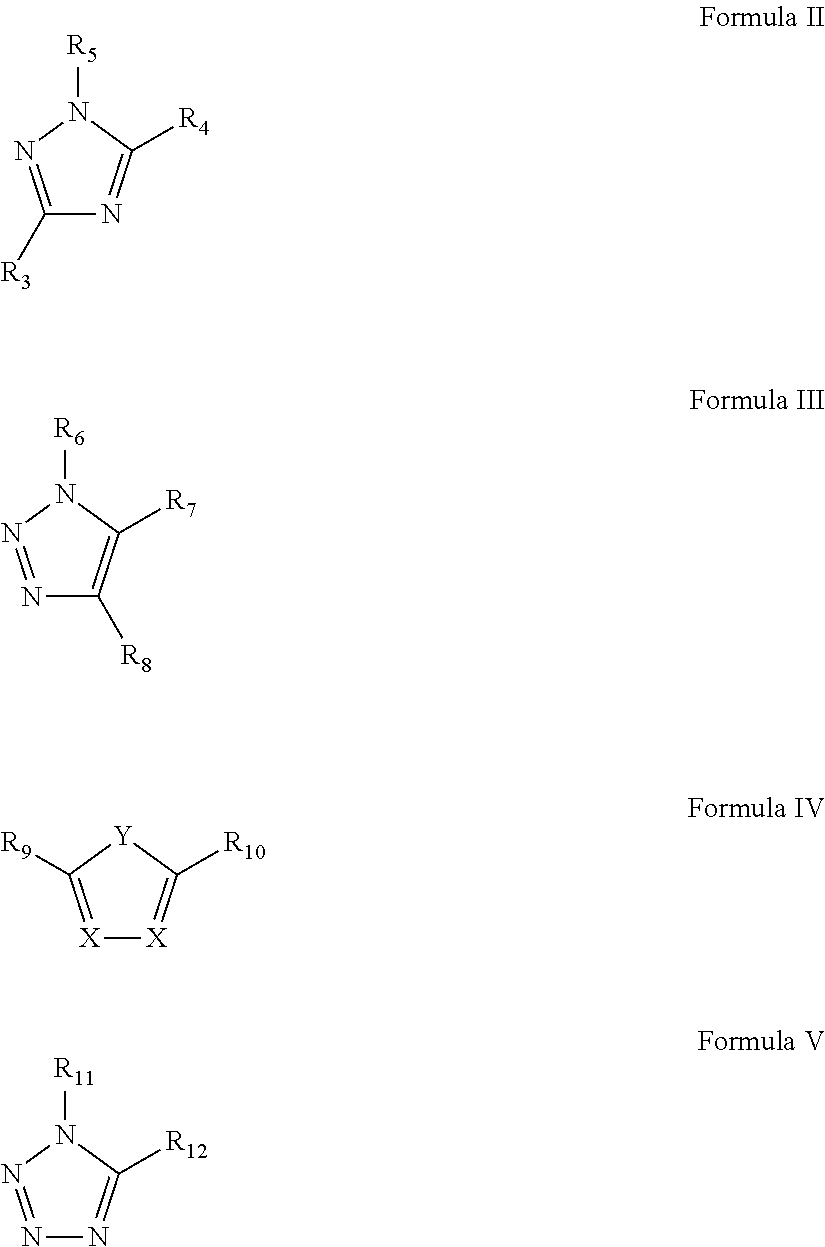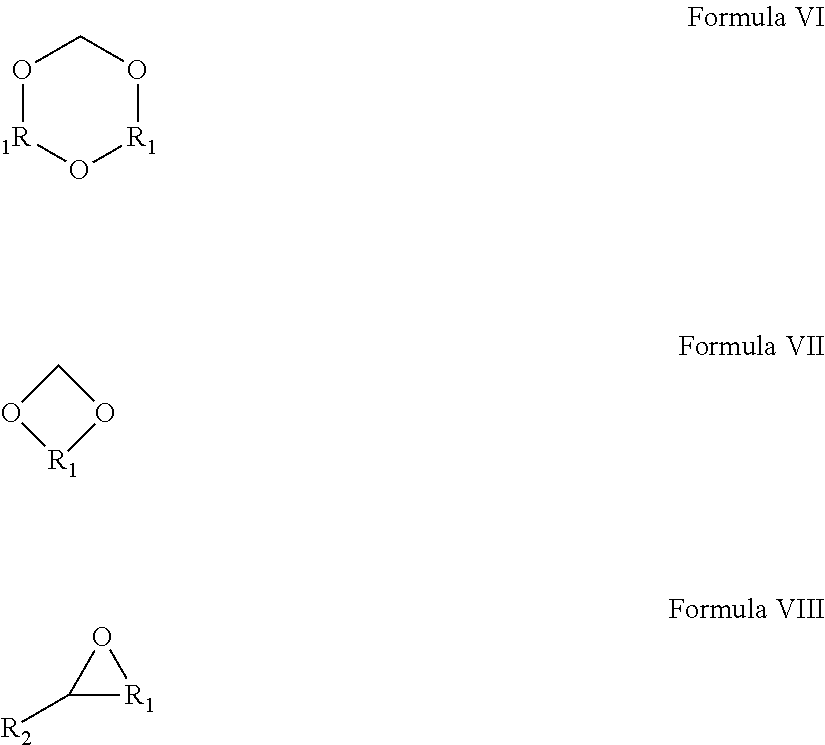Dispersion comprising metallic, metal oxide or metal precursor nanoparticles
a technology of metallic nanoparticles and precursor nanoparticles, which is applied in the direction of metal/alloy conductors, conductors, transportation and packaging, etc., can solve the problems of % metallic particles, severe drawbacks, and high diluted metallic nanoparticles that cannot be directly used to prepare conductive coatings or printing fluids,
- Summary
- Abstract
- Description
- Claims
- Application Information
AI Technical Summary
Benefits of technology
Problems solved by technology
Method used
Image
Examples
example 1
[0099]This example illustrates the preparation of the Polymeric Dispersants (PD) according to the present invention.
Preparation of Polymeric Dispersant PD-01
[0100]414.4 g of 1,3-dioxolane was dissolved in 0.43 l of DCM in a 2 l three-neck round-bottom flask and stirred at room temperature under nitrogen atmosphere. 33.6 g of DMDT was added to the flask. After 10 minutes of constant stirring, 1.6 ml of trifluoromethanesulfonic acid was added to the reaction mixture and stirred for 20 hours at 23° C. 3.5 ml of triethylamine was added to the reaction mixture and stirred for an additional 4 hours at 23° C. The reaction mixture was evaporated under reduced pressure at 35° C. and dried in a vacuum oven at 35° C. 358.4 g of polymeric dispersant PD-01 was recovered as a yellowish viscous liquid (yield=80%).
Preparation of Polymeric Dispersant PD-02
[0101]500 g of 1,3-dioxolane was dissolved in 377 g of DCM in a 2 l three-neck round-bottom flask and stirred at room temperature under nitrogen a...
example 2
[0105]This example illustrates the thermal decomposition at low temperatures of the Polymeric Dispersants of the present invention (DP-01 to DDP-04) when compared to representative prior art polymeric dispersants (COMP-01 to COMP-05). In Table 2, the temperature at which 95 wt. % of the polymeric dispersants are decomposed (Td (95%) as measured with TMA) is given.
TABLE 2Polymeric DispersantTd (95%)° C.PD-01 (INV)276PD-02 (INV)277PD-03 (INV)235PD-04 (INV)270PDXL (COMP)135PVP 15K (COMP)475PVP 90K (COMP)400PVA (COMP)430DISPERBYK 190 (COMP)360
[0106]From Table 2, it is clear that the Td (95%) of all inventive polymeric dispersants is below 300° C. while the Td (95%) of the comparative dispersants are well above 300° C. Only PDXL is characterized by a low Td (95%), but it is impossible to prepare stable dispersions with PDXL due to the absence of anchor groups (see Table 5).
example 3
[0107]This example illustrates the storage stability of the Polymeric Dispersants of the present invention (PD-01 to PD-04). The polymeric dispersant were stored under normal conditions at 23° C. during 1 to 3 months. The Mn and Mz values of the dispersants after storage were then compared with the original values (given as a % loss in Table 3).
TABLE 3PolymericStored% Loss% LossDispersant(months)(Mn)(Mz)PD-01 (INV)3−5.0−4.7PD-02 (INV)2−4.3−3.4PD-03 (INV)3−2.00PD-04 (INV)1−1.0−1.0
[0108]From Table 3, it is clear that despite their low decomposition temperature (Td (95%)), the polymeric dispersants of the present invention PD-01 to PD-04 have a sufficient shelf-life under normal storage conditions.
PUM
| Property | Measurement | Unit |
|---|---|---|
| Temperature | aaaaa | aaaaa |
| Mass | aaaaa | aaaaa |
| Mass | aaaaa | aaaaa |
Abstract
Description
Claims
Application Information
 Login to View More
Login to View More - R&D
- Intellectual Property
- Life Sciences
- Materials
- Tech Scout
- Unparalleled Data Quality
- Higher Quality Content
- 60% Fewer Hallucinations
Browse by: Latest US Patents, China's latest patents, Technical Efficacy Thesaurus, Application Domain, Technology Topic, Popular Technical Reports.
© 2025 PatSnap. All rights reserved.Legal|Privacy policy|Modern Slavery Act Transparency Statement|Sitemap|About US| Contact US: help@patsnap.com



